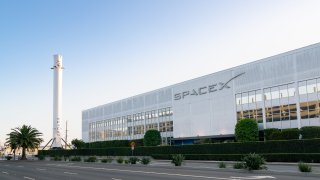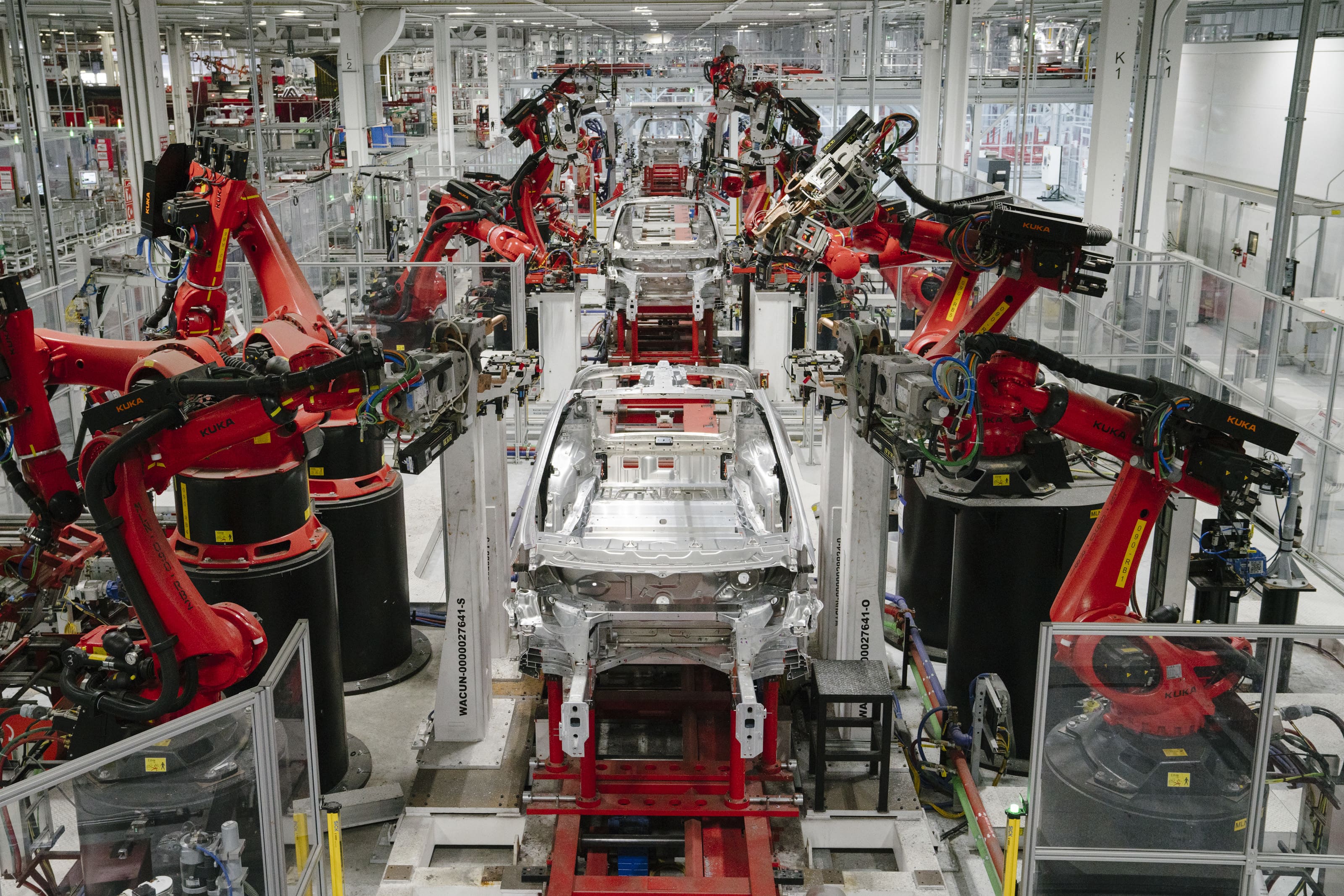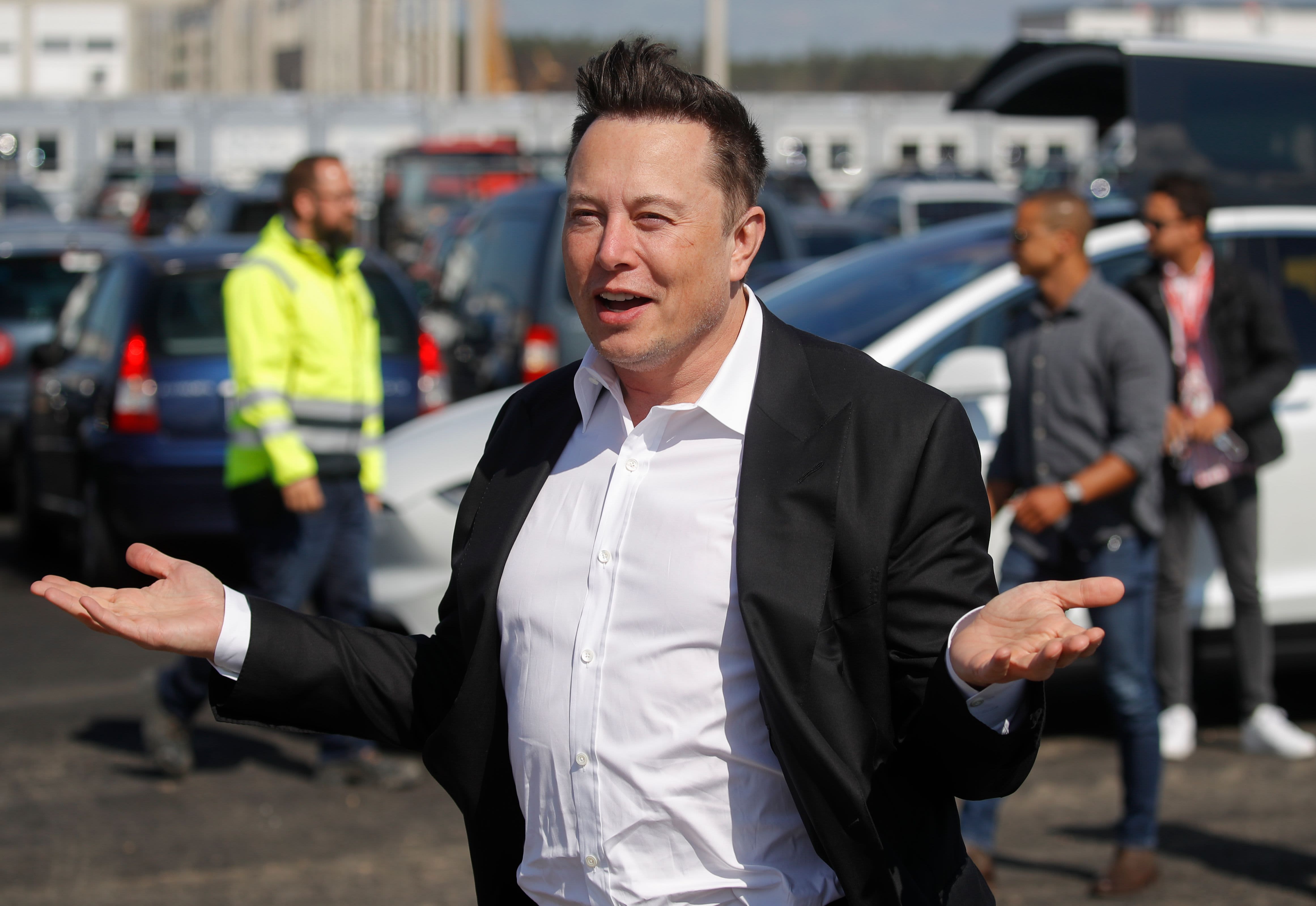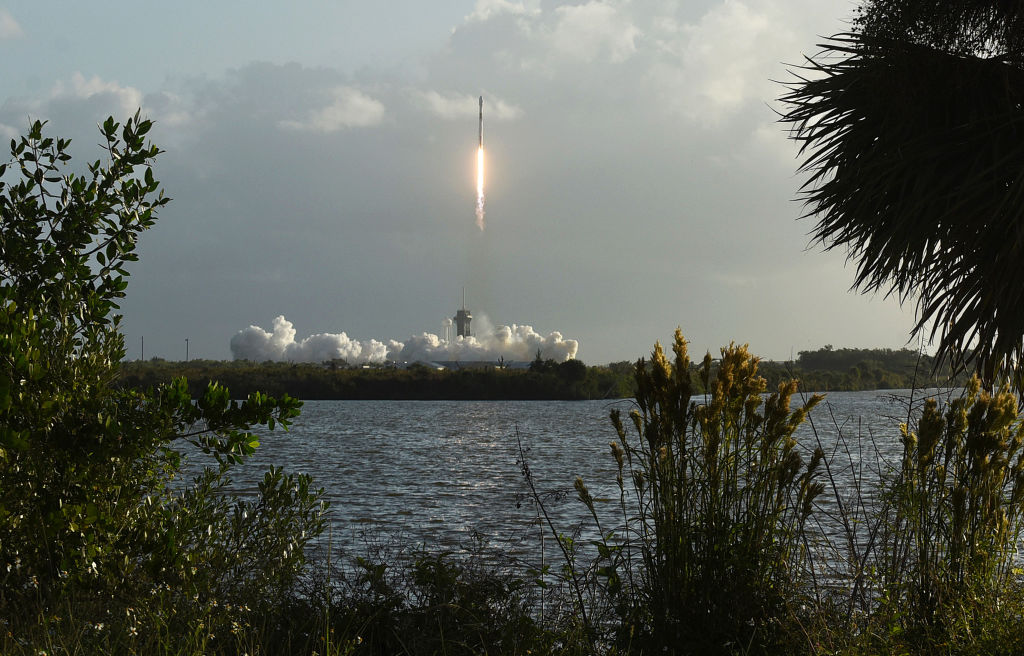
Hawthorne-based SpaceX launched a rocket carrying a satellite for SiriusXM today, two days after scrubbing the original mission with just 30 seconds left in the countdown from Cape Canaveral in Florida.
The launch was rescheduled for 9:30 a.m. PST Sunday and went off smoothly. According to SpaceX, Friday's launch was pushed back “to perform additional ground system checkouts.”
The SXM-7 satellite being deployed in the mission will replace one of SiriusXM's five satellites already in orbit. Another replacement satellite is scheduled to be launched next month.
Following the launch, SpaceX landed the first stage of the rocket on a droneship named “Just Read the Instructions” floating in the Atlantic Ocean.
The first stage of the rocket being used in the mission has flown six times previously, making it the company's second most-veteran flight vehicle. A different booster has already flown seven times, but this mission ties that mark.
Also being reused on the mission is one-half of the rocket's “fairing,” or nosecone, that protects the satellite as it's being propelled into orbit.
The mission marks the first time such a veteran rocket and previously used fairing have been deployed in a fully commercial launch -- something experts say is a major expression of the confidence SiriusXM has in SpaceX's cost-cutting rocket-recovery efforts.
SpaceX on Wednesday conducted a test launch of a prototype Starship being designed for trips to the Moon, Mars and beyond.
The ship successfully traveled about eight miles into the air and, during its descent back to Earth, made a successful landing flip maneuver.
However, the ship exploded on touchdown, with SpaceX founder Elon Musk saying the ship's velocity was too high on landing.
Despite the fireball that destroyed the ship, the mission was deemed an overall success thanks to the level of flight information engineers were able to obtain and further advance design work on the craft. After the mission, Musk tweeted, “Mars, here we come!!”




